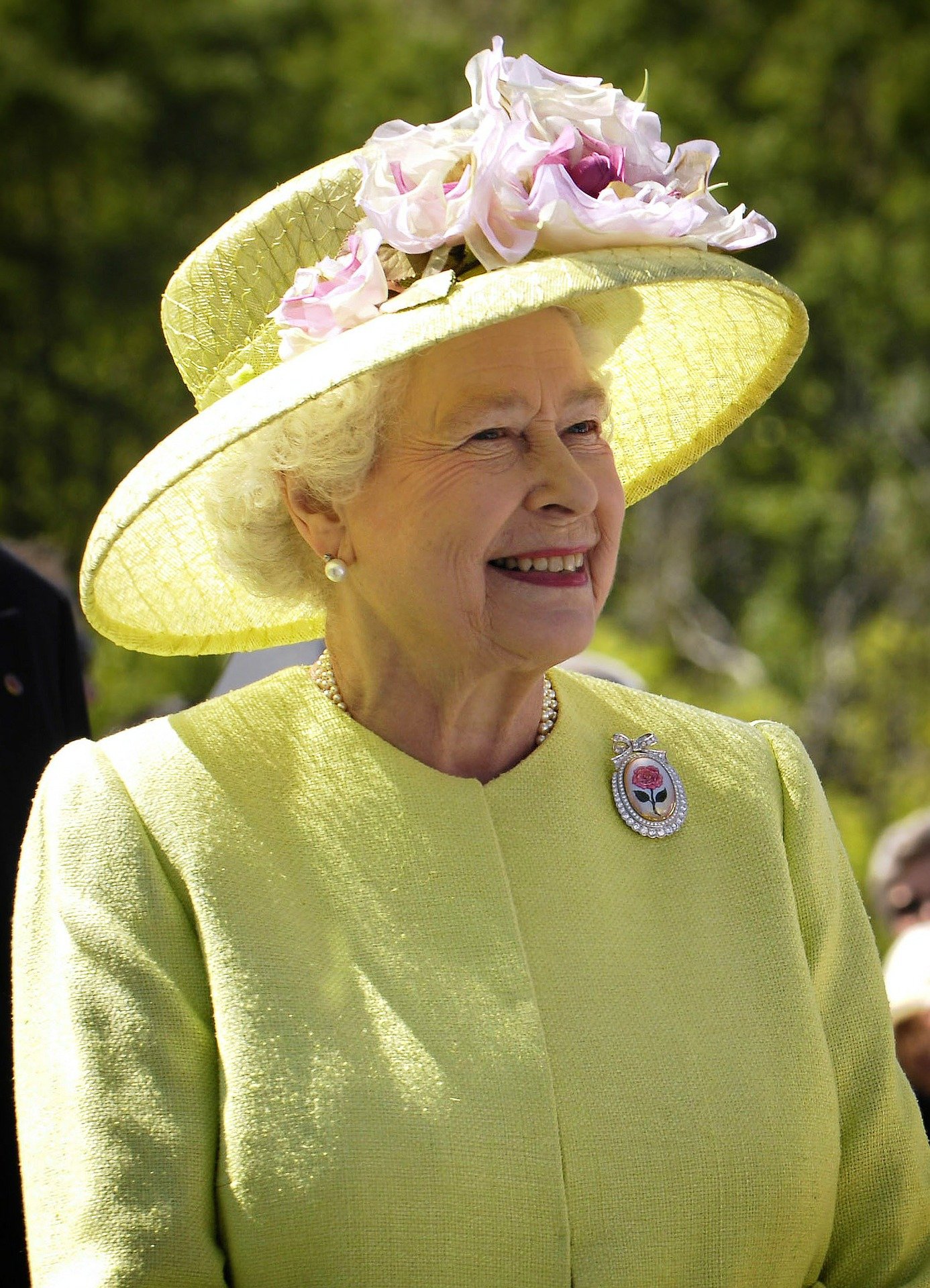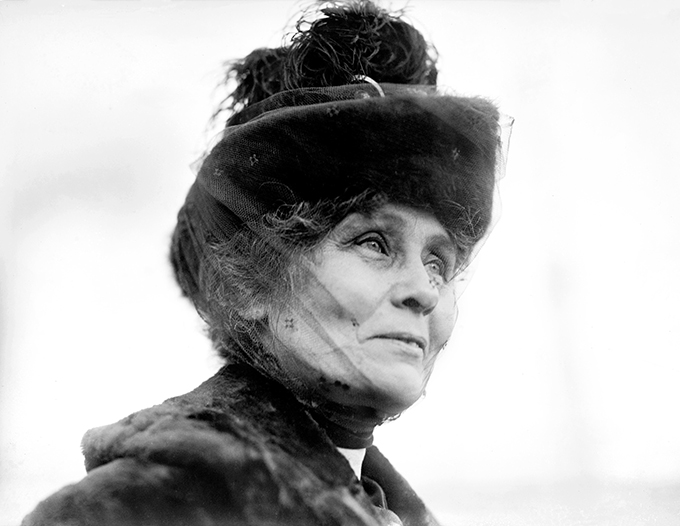Famous United kingdom (uk) Girl, United kingdom (uk) Famous Girl,United kingdom (uk) Girl - Wikipedia, Famous Afghan Girl In History
WE TAKE A LOOK AT THE 10 GREATEST WOMEN IN BRITISH HISTORY, FROM QUEEN’S TO AUTHORS AND NURSES
BOUDICCA (DIED 60/61AD)
First comes Boudicca, warrior queen of the ancient Iceni tribe and certainly one of the 10 greatest women in British history having led a rebellion that nearly ended Roman rule in Britain. When the Romans plundered the tribe’s lands in modern-day Norfolk, Cambridgeshire and Suffolk, flogged Boudicca and raped her two daughters, the Iceni rose up.
With other tribes, they wiped out the Romans’ Ninth Legion and sacked their strongholds at Colchester, London and St Albans, taking no prisoners (according to Roman historians) and massacring at least 70,000. But it is Boudicca alone, standing tall and Titian-haired in her chariot, who is remembered among the freedom fighters, and honoured with a dramatic statue, arms raised, by Thomas Thornycroft, near London’s Westminster Pier.

QUEEN ELIZABETH I (1533-1603)
If Boudicca is the feistiest figure from Ancient Britain, Elizabeth I is surely the most famous in more recent history. She is also the first of three queens not born to rule but nonetheless outstanding monarchs. She escaped the disgrace of her mother, Queen Anne Boleyn (executed by Elizabeth’s father, King Henry VIII), then survived the politically dangerous reigns of her brother, King Edward VI, and her sister Queen Mary. Eventually inheriting the throne herself, she emerged a powerful ruler, adept at boosting her popularity by ‘progressing’ around the country and playing up her image as “the Virgin Queen” – ¨though her closeness to her “sweet Robin”, Lord Leicester, might suggest otherwise.
While many see in her a charismatic queen addressing her troops as they awaited the Spanish Armada, to others she is the evil executioner of Mary Queen of Scots, the woman who should have ruled England, rather than Elizabeth, merely the daughter of the king’s former mistress.
NELL GWYN (1650-1687)
Of all royal mistresses down the ages, none has graced the job more joyously than “pretty witty Nell”, as Samuel Pepys called her. From an orange girl selling fruit to London theatregoers, Eleanor Gwyn rose to be an actress who caught the eye of the merry monarch, King Charles II, and ended up with a royal pension and a splendid house in Pall Mall. When Nell first made her mark on the stage, London was reveling in the return of the king and court life (in 1660, after the Commonwealth period of Puritan rule), and the spirit of Restoration London is epitomised in her ample-bosomed portrait. High spirits, low birth and earthy humour naturally made her enemies at court, especially among the king’s other mistresses. But, with Charles, she remained a favourite and tradition says that, on his deathbed, he urged his brother to take care of her; just as Lord Nelson begged others to look after his concubine Lady Emma Hamilton.
JANE AUSTEN (1775-1817)
Few lives could be more different from Nell and Emma’s than the morally upright spinsterhood of Jane Austen, our most celebrated woman novelist. The story of her life in rural Chawton and fashionable Bath has been told times over; and her subject, as every reader knows, was the “truth, universally acknowledged, that a single man in possession of a good fortune, must be in want of a wife”. But while Regency London’s high society might be led by libertines, Jane’s demure heroines know full well that even a runaway romance which ended in marriage, like Lydia Bennet’s, brought shame and destroyed her sisters’ hopes of finding husbands. From Pride and Prejudice and Emma to Persuasion, Jane’s final story, it is Jane’s genius to observe, and sometimes satirise, their attention to status, manners and reputation.
ELIZABETH FRY (1780-1845)
Mrs Fry may be the least familiar of our famous ladies, but her pioneering work as a prison reformer has long been recognised and still earns her a place here. Born into the Gurney family, her marriage to Joseph Fry united two old and wealthy Quaker families, equally noted for piety and philanthropy, and Elizabeth became deeply involved in charitable work and the Quaker ministry. It was a visit to Newgate jail that opened her eyes to the appallingly squalid conditions women prisoners suffered, crowded together with their children. Thereafter she became a familiar figure, in her Quaker dress and bonnet, prison visiting and reading the Bible. Her campaigning and religious convictions succeeded in reforming prisoners and their conditions, by introducing education, paid employment, female warders, and recognition that all inmates must be treated humanely.
QUEEN VICTORIA (1819-1901)
Victoria is the second queen who came to the throne by default, when her royal uncles, King George IV and King William IV, failed to produce a surviving legitimate heir. Crowned in 1838, her initial limited grasp of constitutional matters was soon supplemented by her husband, Prince Albert (whose death in 1861 left her in mourning for the rest of her life); and her favourite prime ministers, Lord Melbourne and Disraeli. With their help, and the colonising power of British forces and trading companies, she became the most powerful woman in the world. At home, her scandal-free private life made royalty respectable, after the racy behaviour of her uncles. If the rigid formality of her Court now seems absurdly stiff, it’s worth remembering that her Court composer was Sir Arthur Sullivan, co-creator of the comic Gilbert and Sullivan light operas.
FLORENCE NIGHTINGALE (1820-1910)
The first woman to hold the Order of Merit and appear on a UK banknote, Miss Nightingale was a national treasure before she was 40. Her pioneering work tending British troops in the Crimean War earned her the thanks of a grateful nation. The money raised in appreciation funded her nurses’ training school at London’s St Thomas’s Hospital, and from there her influence and principles spread worldwide. Despite her own ill health she devoted the rest of her long life to improving sanitation and health care, not without a reputation for bossiness. Yet her popular image remains that of a “ministering angel”, as The Times’ war correspondent put it, paying night time visits to the wounded soldiers. Every year, her birthday in May is marked at Westminster Abbey and East Wellow church, in Hampshire, where she was buried; and this year there are special services for the centenary of her death, as well as new exhibitions at St Thomas’s Hospital museum, redeveloped for the anniversary, and at Claydon House in Buckinghamshire, where she often stayed with her sister.
EMMELINE PANKHURST (1858-1928)
Historians may disagree on the help or harm that Emmeline gave to the women’s suffrage movement, but few doubt she was one of its most inspirational figureheads. After years working for votes for women, but with little success, Emmeline, helped by her daughter Christabel, established the Women’s Social and Political Union as a militant wing of the women’s movement. Their campaign of window-smashing, arson and violent demonstrations led to regular arrests, hunger strikes and brutal force feeding, which inevitably drew mixed public reaction. On the outbreak of war in 1914, Emmeline suspended the campaign, encouraging women to put their efforts into war work instead. After peace was signed, women over 30 were granted the vote, and shortly before Emmeline’s death the age was reduced to 21, to match men’s votes.
MARGARET THATCHER (1925-2013)
As Britain’s first female prime minister (1979), Mrs Thatcher’s place in history is guaranteed. Yet it is her 11 consecutive years as PM, unmatched in the 20th century, and her role as the first woman leader of a major Western democracy, that make her one of the most dominant figures in modern politics. As leader of the Conservative Party, her pro-privatisation policy and public-spending cuts naturally brought her into open conflict with trade unions and socialists, earning her the nickname the Iron Lady. With victory in the Falklands War and her narrow escape from an IRA bomb in Brighton, her popularity soared and, in 1987, she won a then unprecedented third general election. But her Euro-sceptic and Poll Tax policies had caused division in her cabinet and, in 1990, she was forced to resign as party leader. Two years later, she went to the House of Lords as Baroness Thatcher.

QUEEN ELIZABETH II (1926- 2022)
Like Elizabeth I and Victoria, the Princess Elizabeth Alexandra Mary was not expected to become queen. But the abdication of her uncle, King Edward VIII, propelled her father to the throne, as George VI, and when he died tragically young, in 1952, Elizabeth found herself ruler of the UK and Commonwealth as Queen Elizabeth II. She witnessed greater changes in her realms – in society, science, technology, medicine and world affairs – than any of her predecessors could have imagined. They would have been astonished, possibly appalled, at the millions of miles she travelled, hands she shook, and public engagements she fulfilled. But they would have admired the unwavering sense of duty that gave Britain a head of state for 70 years, whose personal standards of service to her country were the envy of many countries. And doubtless they would have applauded the courage and humour in her Annus Horribilis speech in 1992, only hours after her much-loved Windsor Castle was devastated by fire.
The list of the 10 greatest women in British history was selected by Sally Varlow, author of The Lady Penelope: The Lost Tale of Love and Politics in the Court of Elizabeth I
MORE NOTABLE BRITISH WOMEN
- Mary Wollstonecraft (1759-1797): early feminist, advocate of women’s education.
- George Eliot (1819-1880): Pen name of “blue-stocking” novelist Mary Ann Evans, author of Middlemarch and The Mill on the Floss.
- Mrs Beeton (1836-1865): Author of the definitive Mrs Beeton’s Book of Household Management.
- Beatrix Potter (1866-1943): co-founder of the National Trust and author/artist of The Tale of Peter Rabbit and numerous other children’s classics.
- Marie Stopes (1880-1958): Pioneer of the family planning movement.
- Agatha Christie (1890-1976): doyenne of crime writers, creator of Hercule Poirot and Miss Jane Marple.
- Diana, Princess of Wales (1961-1997): the “People’s Princess”, campaigner for Aids victims and against landmines.
